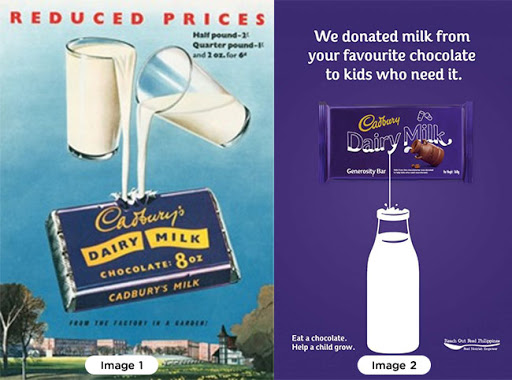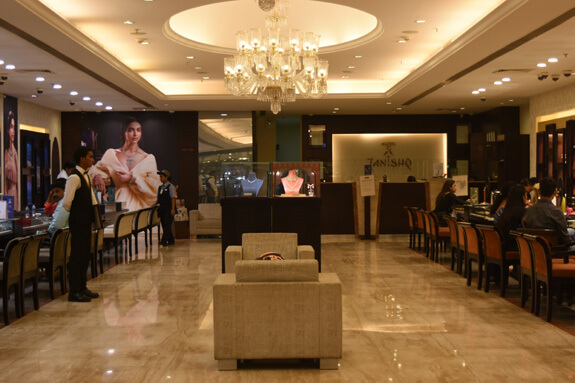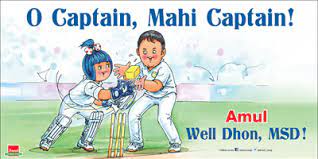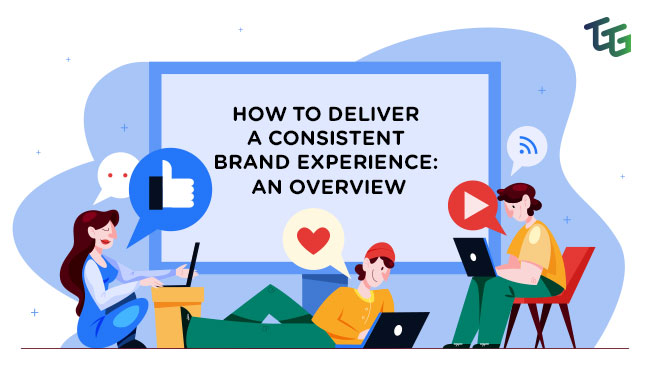If you have been thinking about how you can distinguish your products or services from those of your competitors, then you must have thought about building a “brand”. But how do you build a brand? Is it enough to have a catchy tagline and a well-designed logo, or do you need something else?
Actually, you need quite a lot more than that to build a brand. A good logo, a catchy name, and a quirky slogan are the basics that will get you started, but to take your “brand” to the next level, you should consider delivering an unforgettable, unique experience to your customers that they will not only appreciate but will also want to repeat.
Your Brand is Your Identity
You have probably heard that plenty of times. But what does it really mean? When your company and its products invoke trust, safety, reliability, and goodwill in your customer, you have created a brand. When people associate a particular emotion, some good feelings with your product or company, you have created a brand.
Imagine that you want to gift somebody something on their birthday. You will probably think of adding a bar of chocolate or two to the goody bag. And when you think of chocolates, you immediately think of Cadbury. That is a “brand”.
But Cadbury did not get here just based on their stylish logo and their characteristic purple coloured wrapping. Sure, those played very important roles in their brand journey, and continue to be their pillars of consistency (and we’ll talk more about this a little later) – but on the whole, Cadbury has consistently focused on delivering a “brand experience”.

[Image 1 – Credit:- https://recipereminiscing.wordpress.com/tag/cadburys-dairy-milk-bar/]
[Image 2 – Credit:- https://astig.ph/cadbury-dairy-milk-donates-milk-bars-help-nourish-kids/]
So, What is a Brand Experience?
A “brand experience” is created when you turn your sale into an experience for the customer. Depending upon the industry you are in, it can start from the parking space where your customer will park their cars and must certainly not end with the sale being completed.
Let’s take the example of Tanishq. A stellar logo and catchy adverts aside, shopping for jewellery at a Tanishq store is an unparalleled experience. It starts with the armed security personnel greeting you at the entrance (making you feel safe and secure). Then, the courteous staff welcomes you inside with a hot or cold beverage of your choice (making you feel at home), and a patient salesperson caters to your needs by making suggestions or multiple mirrors available to you (making you feel valued, wanted). They never rush you, and let you take your time to choose what you like best. Then, they remember to check in with you a week or month into your purchase, to enquire if you are enjoying the jewellery (or if the recipient was happy with your choice of gift).

[Credit:- https://www.oberoimall.com/fashion/tanishq.html]
The entire experience is designed to develop a “relationship” with you – one that will make you feel close to the brand and bring you back for more.
Note, how several different elements go into creating this “brand experience”. They leverage:
- their brand legacy (the reliability of the Tata Group);
- their brand voice (of warmth, non-elitism);
- usual branding tools like signage, logo, adverts, and branded freebie merchandise; and finally
- customer relationship management.
Here’s How Brand Experience is Different From User Experience
This is best explained with the example of Apple. The tech giant has several offerings. The user base of these offerings is also quite varied. The experience that each user has with the device of their choice (iPhone, iPad, Apple Watch, etc.) makes up the “user experience”. But the aura that any Apple product has – from the elitism they project to the seamless, effortless experience of Apple Care, Apple TV, Apple Music, iMessage, which are available on different Apple devices – that’s the “brand experience”.
Simply put, user experience is only a small part of brand experience.
Significance of a Consistent Brand Experience
The best brand experiences are those that instantly create a connection with your brand. To achieve this, you can build on a few key factors.
1. Tell a story
What is the story behind the development of your brand? Why did you start it? How is your brand contributing to the improvement of your customers’ lives? What does your brand stand for?
Your brand experience should be based on the answers to these questions. Companies often weave their products into the stories of their target community, incorporating current events, important milestones, celebrations, etc. into their branding. Think of Amul and their hilarious topicals!

2. Maintain the “look & feel” of your brand
Remember how we talked about Cadbury and its striking purple wrapping with gold lettering? Over the years, much has changed but they have retained the colours and logo that have now become a part of their brand experience. It is important to standardise your brand colour palette, typography, and logo because human beings are hardwired to find comfort in stability, patterns, and routines. It instantly evokes positive feelings of trust and reliability.
However, it is also important to stay relevant, adapt, and evolve. Rebranding is sometimes the right choice, but it can often be a challenge to find the sweet spot between too much change and too little.
3. Observe, Listen, Engage
Nowadays, every brand must find ways to interact and engage with the customers, listen to their needs and deliver accordingly. And while efficiency remains important, including little personal touches to your customer interactions goes a long way in making the experience sweeter and more enjoyable. A classic example would be Zomato. Their push notifications are addressed to the user, and their app provides recommendations based on past orders.
4. Prioritise the “experience” over sales
A customer’s purchasing experience starts before the actual purchase and continues after your sale is complete.
So, every step of your interaction with your customers should be well planned. Map out details of every point at which a prospective-turned-customer interacts with your brand. Starting with the first point of contact – often the parking lot or front door (remember Tanishq), chalk out exactly how you want your customer to feel, until their final touchpoint. This will help you find moments where you can add personalisation or deliver an impactful experience.
5. Stand Apart
Staying true to your brand is more than just getting your colours right. Notably, how you differentiate yourself from your competitors will win the game for you. At all times, you must follow and use your brand identity, brand voice, mission, vision, and core values.
“When conceptualizing your activation, take stock of important questions like, “Does this feel like the brand?” and “Will this speak to our audience?” Pushing boundaries is an important part of invigorating a company’s image, but going too far outside a client’s comfort zone can miss the mark”, writes Scott Kellner, Vice President, Marketing at George P. Johnson (GPJ), a leading experiential marketing agency. “Striking the right balance between blue-sky ideas and hard data is the key to success”, he continues in a Forbes article.
Brand Experience Counts
The ROI of a Brand Experience is manifold. A positive brand experience will ensure that:
- The customers come back to the brand.
- They are ready to pay more for the experience.
- They prefer the brand over other competitors.
- They become advocates of the brand and refer more customers.
In the long run, investing in a brand experience will reduce marketing & advertising expenses, making it one of the company’s top-performing investments.
We can help you design and deliver a consistent Brand Experience.
We at The Go-To Guy! are experts in branding, rebranding, and holistic brand management. We’ll tell you exactly how to transform your brand into an amazing experience for your customers.
Disclaimer:-
We have used the existing brands like – Cadbury, Tanishq and Amul to illustrate the concepts of branding and have used the brand examples to show positive information only.


One Response
[…] A Meaningful & Consistent Brand Experience – Your customer’s purchasing experience starts before the actual purchase and does not stop as […]
Comments are closed.